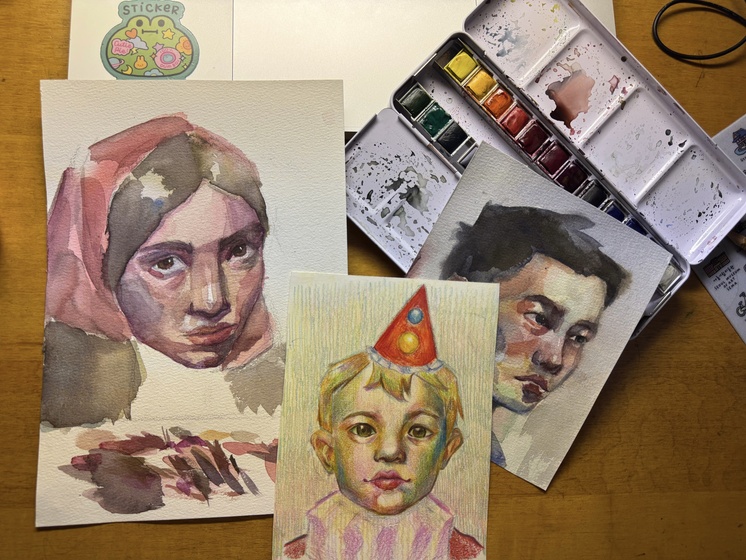{shortcode-76a4750a6211f2dbe841eefbba68b16b0f799f8b}
Plain white scratch pad. 4 in x 6 in, 200 sheets (fewer, if you consider the dozens of pages I’ve already ripped out).
It’s a CVS Pharmacy brand notebook I picked up on sale after I’d lugged all of my stuff into the Winthrop single that became my summer home. Instead of getting prepared for SHARP (a.k.a., the research program that Harvard was literally paying me to do), I made it my summer goal to draw. Just like the notebook itself, my drawings were rough — crude figure studies, drawings about my day, jokes I’ve thrown around with friends. There was one page that was just a drawing of a sad horse taking a shit.
In 2017, I got to attend ceremonies for drawing blue whales, herons, and other endangered species that were just important enough to merit an art competition recognizing them. Now, with no art teachers and no nosy onlookers, I could do whatever I wanted.
***
My cousin and I sat on opposite sides of a restaurant booth as plastic plates of thinly-sliced beef, vegetables, and other hotpot dishes arrived at our table. We were in Dongmen, a shopping and thrifting district in Shenzhen, bumming about before my inevitable return to Cambridge.
We’d never really talked before I came to China for winter break. And yet, our conversations came with a particular sense of ease — as if I was speaking to someone in the bathroom mirror, an alternate version of myself.
Our lives walked along parallel paths: we both studied the same niche and modestly unemployable concentration of comparative literature. We both spent countless hours writing sad, sad poetry about sad, sad people. We both liked drawing.
She was taking commissions, she told me, off WeChat to fund her studies. I listened to stories about her strange clients, whom she called da laoban — in English, “big boss” — and her favorite artist exhibitions when she suddenly asked the terrible question: Have you drawn lately?
As I thought of what to say, she pushed more meat into the bubbling pot.
At some point, our parallel paths had branched off in small ways: today, she made a bright red dipping sauce with fried garlic and beef chunks, a recipe she found on Xiaohongshu. Mine was a slurried mix of sesame paste, scallions, and soy sauce, something I’d always get in the States. Even here, with dozens more toppings to choose from, my palette remained the same. She disliked enoki mushrooms (she called them “see you tomorrow mushrooms” because they never digested properly), while I ordered two plates just for myself.
And while she had continued drawing, even during quarantine, I’d stopped entirely.
I didn’t know what I should have said, so I dipped the meat generously into my sauce, putting another steaming slice into my mouth.
***
I believe in “love at first sight” — not with people, but with hobbies.
After watching Yuzuru Hanyu and Shoma Uno skate at the 2018 Olympics, I ran out and bought a pair of skates. Seeing stationery influencers in my senior year of high school convinced me to spend my life savings on elusive deco stickers from England. But what does it mean to fall in love with the same thing over and over again? I’ve fallen in love with art many times.
As a kid, I’d go outside with my aunt to sketch blooming trumpet flowers from the front porch during the spring, only to retreat inside during the winter season. In seventh grade, I was inspired to start an art account on Instagram, only to quit posting after three months. Art was my terrible, on-and-off ex with whom I had anxious avoidant attachment issues.
During quarantine, I finally called it quits. I could try again, but the signs were not hopeful.
My favorite romance TV trope has always been the second-chance story: disillusioned, middle-aged adults begrudgingly learning to see someone in a new light. Think Waymond and Evelyn in “Everything Everywhere All at Once,” or Joel and Clementine in “Eternal Sunshine of the Spotless Mind.”
To be honest, I think it’s better to fall in love with something for the second or third or fourth time — over and over again. Everything is known and familiar, only you get to see it in a different way, like looking at the same painting from opposite sides of the same room.
This also makes things scarier. It’s failed once, so won’t it fail again? In the second-chance story, the lovers are not quick to fall into each other’s arms. Instead, they waltz around each other in slow spades, their dialogue a careful chess match. They are not the amateur (a word whose very root means “amare,” to love), who is unaware of the rules of the game, who treads upon invisible lines in a youthful, blasé manner.
I guess this is my long-winded way of saying I didn’t want to start drawing again because I didn’t want to lose.
***
Not in Dongmen but in Hong Kong, my cousin persuaded me to download Procreate on my iPad. I spent the first few days figuring out the controls: tap once to draw, twice to undo, three times to redo. In the spare moments I had between visiting family and sightseeing, I was constantly, constantly drawing, undoing, redoing, drawing, undoing, redoing.
During our last in-person conversation, I promised my cousin that I would try to draw more when I was back home, a promise that I made more for myself than for her. It will be good to just try, I thought.
I am no longer in Dongmen. I live in a hallway single in Winthrop, but I’m still talking with my cousin. We communicate more often than ever before. I send her pictures of my summer sketchpad, even when it has pages ripped out — especially when it has pages ripped out.
It is good to just try.
—Magazine writer Jona P. Liu can be reached at jona.liu@thecrimson.com.


